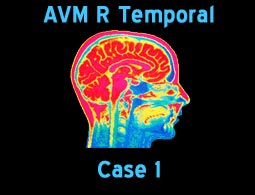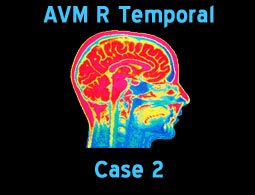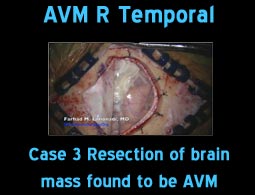Anteriovenous Malformation (AVM) Overview:
- Approximately 80-90% of non-traumatic subarachnoid hemorrhages (spontaneous bleed in the subarachnoid space of the brain) is due to aneurysm rupture.
- ACOM (Anterior Communicating Artery) aneurysms are among the most common, representing approximately 1/3 of intracranial aneurysms.
- Large ACOM aneurysms can present with an optic chiasmal syndrome (bitemporal hemianopsia or loss of peripheral vision) as well as subarachnoid hemorrhage.
- Approximately up to 20% of patients can have multiple aneurysms. Although any size aneurysm may rupture, those measuring greater than 3-5 mm are known to be at higher risk.
- It is estimated that with subarachnoid hemorrhage due to rupture of an aneurysm 1/3 of patients die immediately, 1/3 will have long term neurological deficit, and only 1/3 will have normal outcome.
- A multimodality approach to aneurysms including interventional radiologist or interventional neurosurgeon and vascular neurosurgeon is essential to optimize the approach to the aneurysm.
Anteriovenous Malformation (AVM) Cases:
 |
 |
 |


















